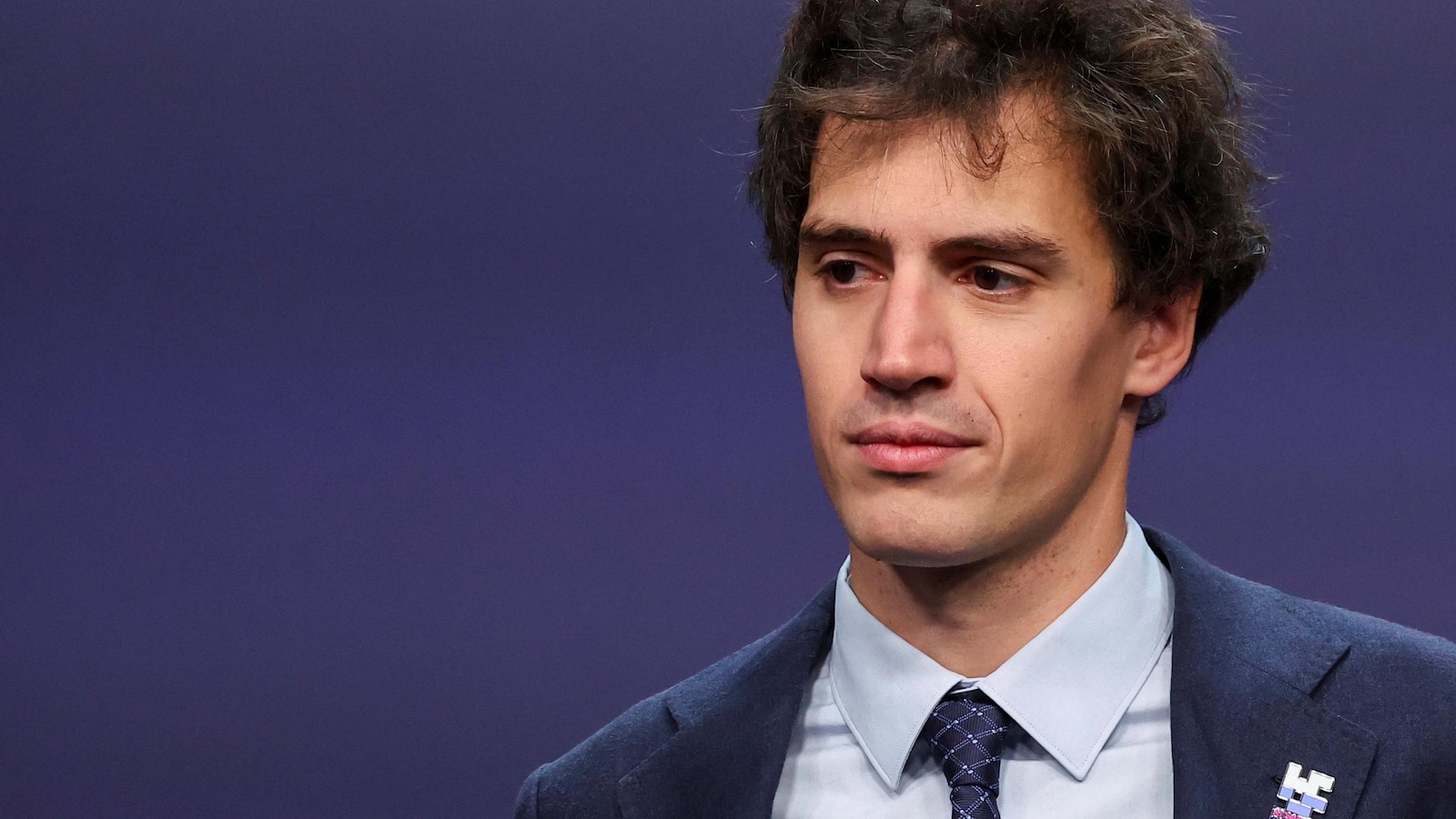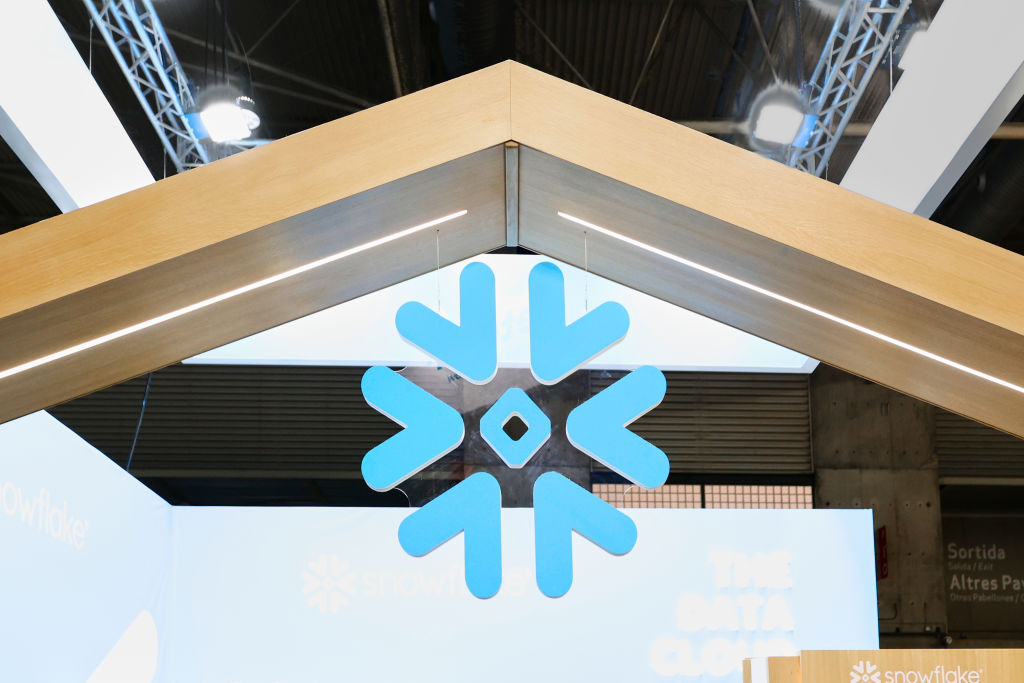In the thrilling, fast-paced world of hockey, a new player is emerging on the ice: artificial intelligence (AI). This groundbreaking technology is not just transforming the game; it’s redefining it. From the National Hockey League (NHL) to local arenas, AI is reshaping how hockey is played, coached, and experienced. Moreover, the integration of AI into hockey symbolizes a new era of sports innovation, where technology complements physical prowess and strategic thinking. This is not just about playing the game but also elevating it to new heights.
Enhancing Player Performance and Strategy
AI is proving to be a formidable tool in enhancing player performance and team strategy. Teams like the Toronto Maple Leafs and the Vegas Golden Knights, use AI for detailed analytics. By analyzing game footage, these systems provide insights into player performance, opponent strategies, and potential areas for improvement. Moreover, coaches exploit these insights to devise more effective game plans and players sharpen their skills.
Customized Training Programs
AI is personalizing the training experience for hockey players. Algorithms analyze individual player data to tailor training programs that cater to specific strengths and weaknesses. This personalized approach ensures that players receive the most effective training for their unique needs. Moreover, one of the most significant applications of AI in hockey is in injury prevention and player safety. The use of AI-powered wearables and analytics tools is enabling teams to better understand the physical demands of the game. This data helps in monitoring player health, predicting injury risks, and implementing more effective training and recovery programs.
AI is becoming an integral part of hockey on and off ice.
Fan Engagement and Experience
The fan experience is also getting an AI makeover. The NHL uses AI to enhance broadcasts with real-time statistics, predictive analytics, and more immersive viewing experiences. AI-driven apps provide fans with personalized content, deepening their engagement with the sport. Beyond the rink, AI optimizes business operations and marketing strategies for hockey teams. These AI algorithms analyze fan behavior and preferences, enabling teams to tailor their marketing efforts and improve fan engagement and revenue streams.
Thus, the practical applications of AI in the NHL are both inspiring and transformative. For instance, the San Jose Sharks are known for their innovative use of AI in enhancing both player performance and fan experiences. They use AI for game analysis, player health monitoring, and delivering personalized content to fans, showcasing the broad spectrum of opportunity to improve their game inside and outside the rink.
The AI Referee: Fair Play and Accuracy
The NHL is also exploring the use of AI in officiating games. AI systems can assist referees by providing real-time analytics on plays, potentially increasing the accuracy and fairness of game decisions. Consider the evolving use of goal judges. In the past, a person sat behind each goal and actively watched to see if the puck crossed the goal line. If it did, they would press a button to trigger the signal for a goal. This evolved into using cameras and removing the judges. Today, there are cameras insight the goal net, and AI is watching and triggering the signal for goals.
Sustainability in the Arena
AI plays a major role in making hockey arenas more sustainable. Teams leverage AI to optimize energy use, reduce waste, and lower their carbon footprint. The NHL, in partnership with SAP, has developed a sustainability platform named NHL Venue Metrics. This platform enables the league to measure and analyze the carbon footprint of its clubs and arenas across areas like energy, water, waste, and recycling. By providing data collection, validation, and reporting tools, NHL Venue Metrics offers insights into environmental impacts, supporting the NHL in implementing practices across clubs to reduce their ecological footprint. This initiative is part of the league’s broader effort to embed sustainable business practices and reduce its overall carbon footprint. This approach not only makes the sport more environmentally friendly but also sets a standard for sustainability in sports.
The AI future in hockey is bright.
Opportunities for Growth and Inclusion
As we look to the future, AI’s role in hockey promises even more exciting developments. From advanced player tracking systems to AI-powered training simulations, the potential is vast. More importantly, AI opens up new opportunities for growth and inclusion in hockey. With a more analytical approach to the sport, teams have more opportunities to encourage players, coaches, and enthusiasts from diverse backgrounds to engage with hockey in new and innovative ways.
Ethical and Fair Use of AI
With AI’s growing influence in hockey, ethical considerations, especially regarding data privacy and the integrity of the sport, are paramount. Ensuring the fair and transparent use of AI is crucial for maintaining the spirit and integrity of the game. The broader conversation about AI in sports often focuses on data privacy, bias in decision-making algorithms, and ensuring transparency in how AI systems are deployed and used. These are crucial in sports analytics and management, where AI can significantly impact player evaluation, game strategy, and even fan engagement. Teams and leagues adopting AI technologies likely consider these ethical dimensions to maintain trust among players, fans, and stakeholders.
A Call to the Ice
The integration of AI into hockey is not just a technological evolution; it’s a new chapter in the sport’s history. It’s about enhancing the physical and strategic beauty of hockey with the precision and insights that only AI can provide. Consider a game where every shot, every save, and every play is enhanced by the intelligence and possibilities of AI. The future of hockey is here, and it’s smarter, safer, and more exciting than ever before. Join us on the ice of innovation, where the age-old sport of hockey meets the cutting-edge world of artificial intelligence.










